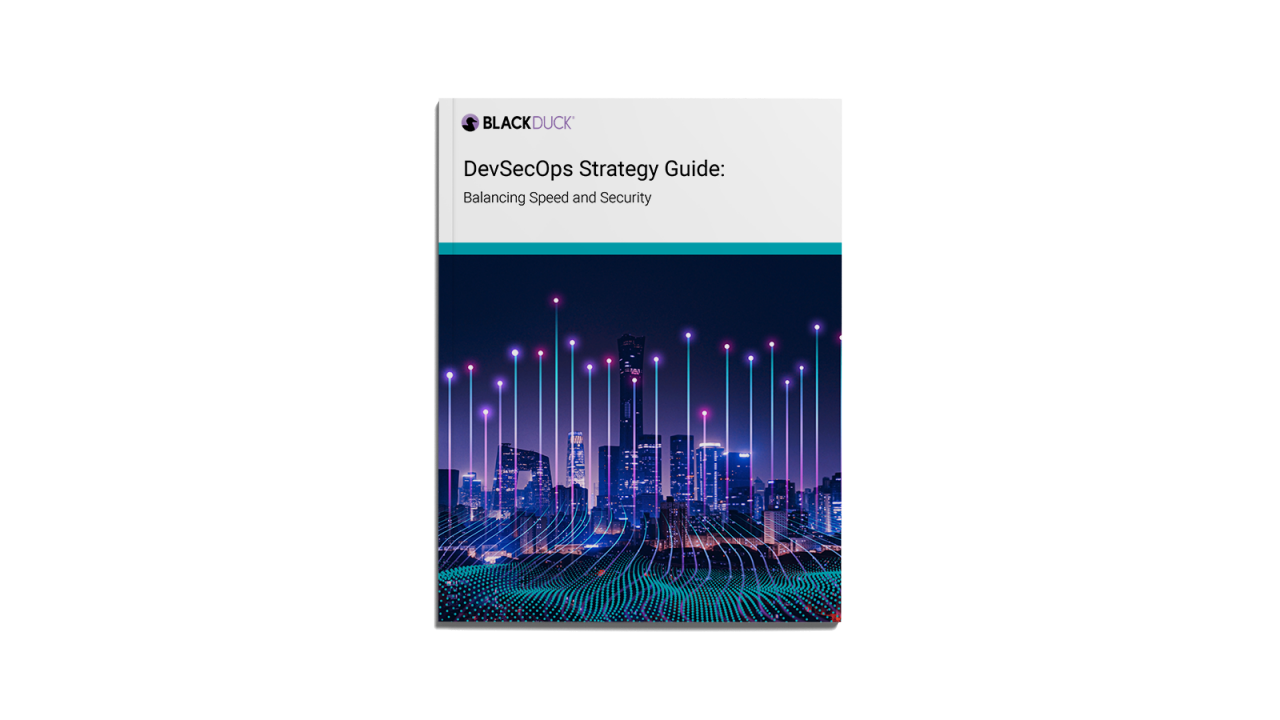Definition
Continuous development, “like agile, began as a software development methodology. Rather than improving software in one large batch, updates are made continuously, piece-by-piece, enabling software code to be delivered to customers as soon as it is completed and tested.
Companies that can successfully implement Continuous Development throughout their organization often find dramatic strategic benefits,” as described in the Harvard Business Review.
What is continuous software development?
Together, continuous integration (CI) and continuous delivery/deployment (sometimes called CD2) form a development process known as continuous software development (CSD). TechTarget points out that CSD shares many traits with agile software development, including being iterative, automated, and quick to deliver. CSD focuses on the idea of continuous improvement, which TechTarget describes as “a cycle of planning, delivering to a customer, gathering feedback and acting on that feedback” to continually improve a product.

DevSecOps Strategy Guide
This eBook details how to accelerate software development without sacrificing security.
- Integrate and automate AST tools in the SDLC
- Define and automate AppSec policies
- Invest in security training for developers
- Leverage platform-based AST that evolves with your business
How to secure continuous development
- Automation is key to securing continuous development. Automate wherever you can automate. In addition, Jim Bird, author of “DevOpsSec: Securing Software Through Continuous Delivery,” recommends these activities:
- Do a threat model on the CI/CD pipeline. Look for weaknesses in the setup and controls, and gaps in auditing or logging.
- Harden the systems that host the source and build artifact repositories, the CI/CD servers, and the systems that host the configuration management, build, deployment, and release tools.
- Ensure that keys, credentials, and other secrets are protected. Get secrets out of scripts and source code and plaintext files, and use an audited, secure secrets manager.
- Secure access to the source and binary repos, and audit access to them.
- Implement access control across the entire toolchain.
- Change the build steps to sign binaries and other build artifacts to prevent tampering.
- Ensure that all systems are monitored as part of the production environment.
Resources to help you automate DevSecOps
Steps to Evolve DevSecOps at the Speed of AI
State of DevSecOps Report
Automate security tests with GitHub, GitLab, and more
Expand Risk Awareness in DevSecOps